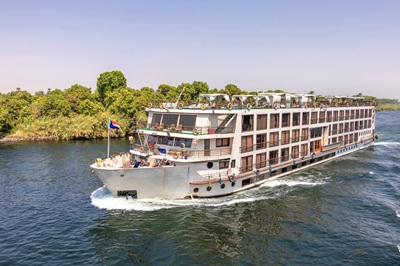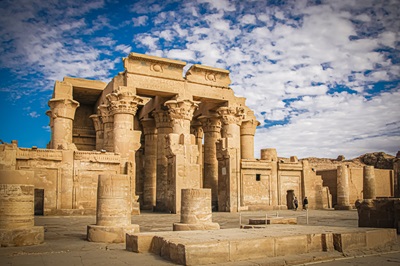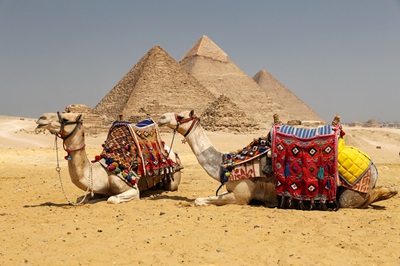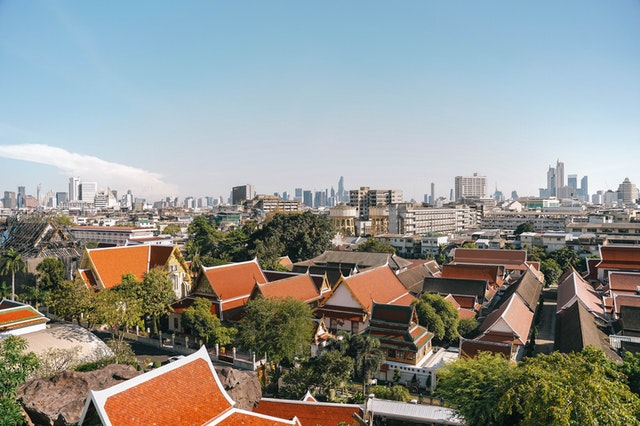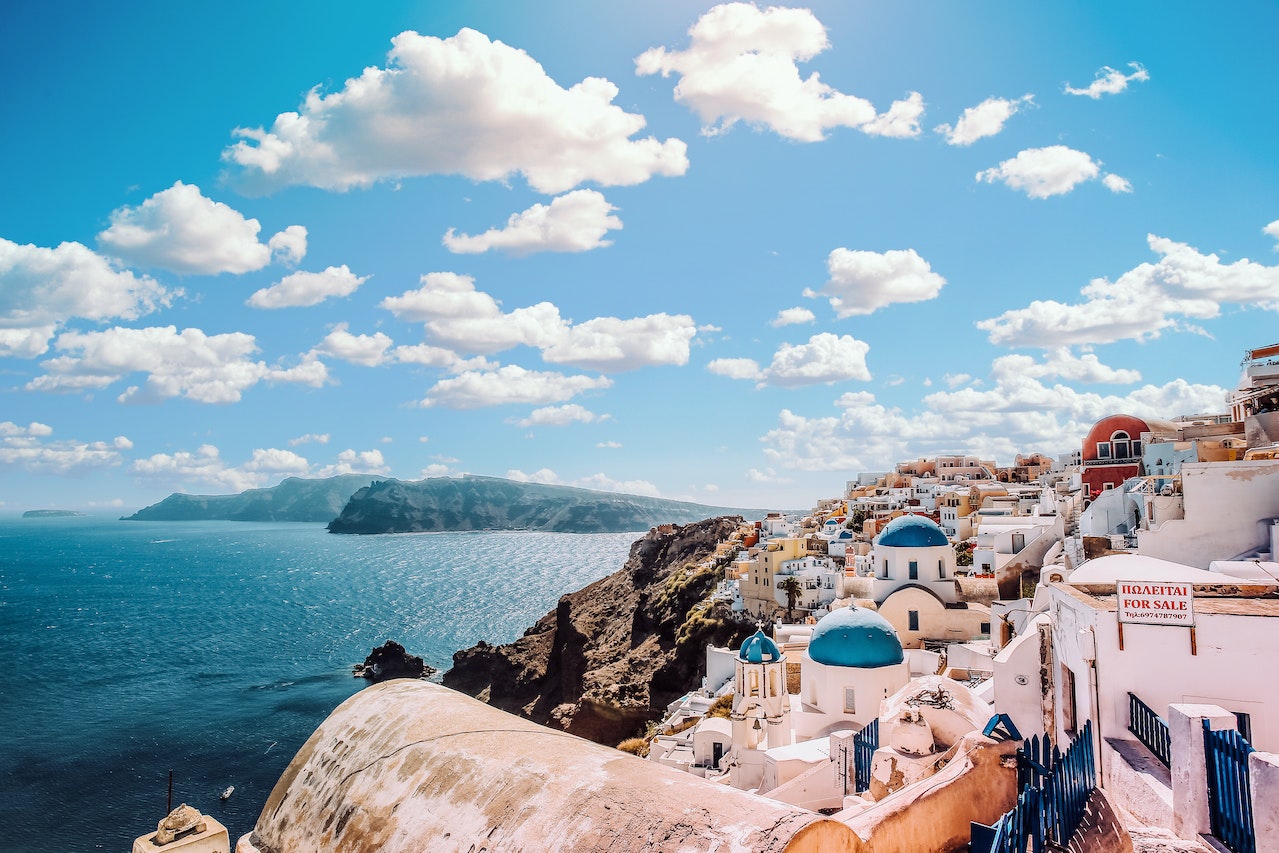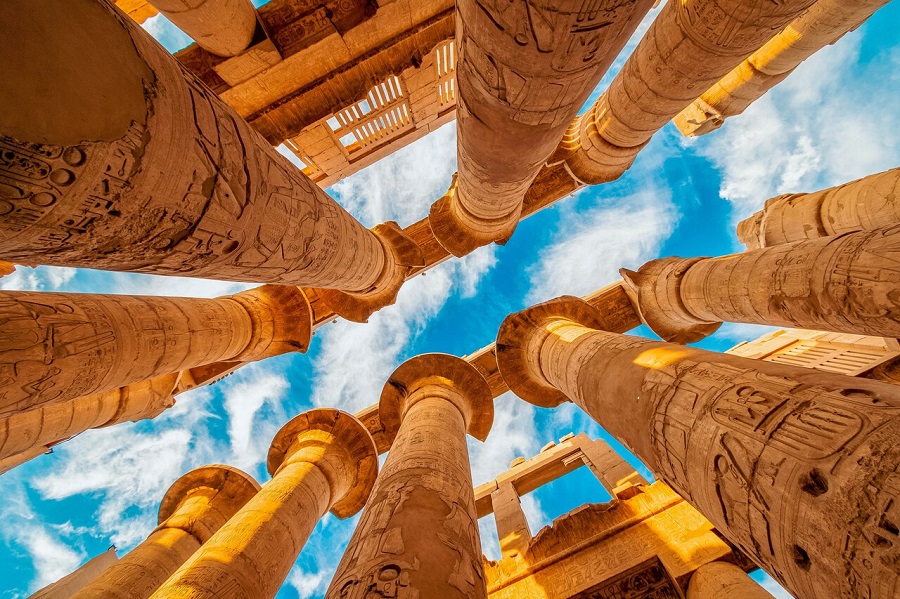
Luxor is an Egyptian city located in southern Egypt, about 650 km from Cairo.
The Nile river penetrates Luxor city and divides it into two parts: the eastern bank and the western bank.
Luxor is renowned to be one of the major tourist destinations in Egypt since it is teeming with ancient monuments.
Is it not surprising to know that Luxor has a third of the monuments in the world?
But what is the reason behind this large number of monuments?
And why is Luxor an important and famous city?
Luxor city was known as “Thebes” in ancient Egyptian history, and it was the capital of Egypt during the new kingdom.
The new kingdom was a prosperous era in ancient Egyptian civilization, the kings of this period invaded many countries, and they became very powerful.
Their power and richness allow them to build so many constructions to reflect their authority and power.
And the most significant spot to build in was the capital “Thebes” where the main god of the new kingdom “Amun-Ra” was worshiped.
The eastern bank of Luxor
On the east bank of the Nile, you can see two great temples which were dedicated to the god Amun.
The temple of Karnak
It is the most outstanding temple in the world, known for its huge size.
Karnak comprises a complex of many temples and shrines dedicated to different gods.
The most significant one is the great temple of Amun-Ra, where you can find the largest hypostyle hall in the world.
Most of the constructions in the Karnak temple were built in the New kingdom.
The Luxor temple
It is another huge temple on the east bank of Luxor, it had a connection with Karnak temple because it was related to the opet festival in which god Amun moved to it from the Karnak temple.
The Luxor temple was originally built by king Amenhotep III, but many succeeding monarchs completed it and added more constructions.
The western bank of Luxor
For the ancient Egyptians, the western bank was the place where the sun sets which symbolizes the death of the sun, so they considered the western bank of the Nile as a symbol of death.
So he chose this bank to be a place for their necropolis, such as the valley of the kings.
Also, the funerary temples of the kings were built on the western bank since the funerary temple was developed from the older funerary chamber which was a main part of the tomb.
The valley of the kings
The valley of the Kings is a valley on the western bank of Luxor where 63 tombs for kings of the new kingdom have been discovered.
These tombs were cut into the rock under the ground to make it away from the eyes of robbers.
Basically, the tombs in the valley of the kings consist of a long descending corridor leading to an antechamber and a burial chamber at the innermost part of the tomb.
It is to be noted that only a few tombs are available for visiting, among them are the tomb of Ramses VI, the tomb of Seti I, and the most famous tomb of Tutankhamun.
The valley of the queens
Near the valley of the kings, there is another necropolis known as “the valley of the queens”.
It was consecrated for the tombs of the wives and sons of the new kingdom kings.
The most prominent tomb in the valley of the queens is the tomb of queen “Nefertari” the wife of the powerful king Ramses II.
Tombs of the Nobles
In the region of “El-Qurna”, you can find different types of tombs owned by the Nobles and viziers of Ancient Egypt.
Despite that those tombs are humbler than the royal ones, they have great significance since the scenes inside the tombs provide us with important information about everyday, political, and religious life.
Deir El-Medina
It is a small town that was built for the accommodation of the workers and artists who were working in the near royal tombs of the valley of the kings.
It comprises about 70 houses and many tombs, some of which are beautifully decorated, since they were owned by the same artists who made the royal tombs.
Mortuary temples on the western bank
Mortuary temples were built for kings as a place for the ritual of the mummification of the dead king, and also for present offerings for the king after his death.
The temple of Hatshepsut at Deir El Bahari
It was built as a mortuary temple for the most famous queen in ancient Egyptian history, “Hatshepsut”.
The temple of Deir El Bahari is very distinguished by its design, which consists of three levels with spacious terraces to divide them.
The temple of Medinet Habu
It was built by Ramsses III, and it is the largest mortuary temple in Luxor.
The temple is also distinguished by its beautiful scenes, most of which represent the battles and victories of king Ramses III.
Furthermore, there are other mortuary temples on the western bank of Luxor such as the Rameseum which was built by Ramses II, and the funerary temple of Seti I.
Although the large funerary temple of king Amenhotep III has been ruined, the two colossi which were once preceding it are still preserved and considered a landmark of Luxor, they are known as the “colossi of Memnon”.
Best museums of Luxor
Luxor comprises many museums and art galleries, but the most important are the Luxor museum and the mummification museum.
The main museum is the Luxor Museum, which lies on the eastern bank of the Nile.
It was inaugurated in 1975 to accommodate the local artifacts found in archeological sites in Luxor.
Despite its moderate size and number of artifacts, you will be astonished by its organization and the beautiful way of displaying the artifacts.
Another unique temple in Luxor is the temple of mummification, it is dedicated to the display of mummies and artifacts related to mummification.
The museum displays the tools used for mummification, along with a collection of Canopic jars in which the mummified organs were preserved.
Finally, Luxor is not only one of the greatest tourist destinations in Egypt, but also in the whole world.
So if you are planning to visit Egypt, never miss seeing the magnificent monuments of Luxor.
